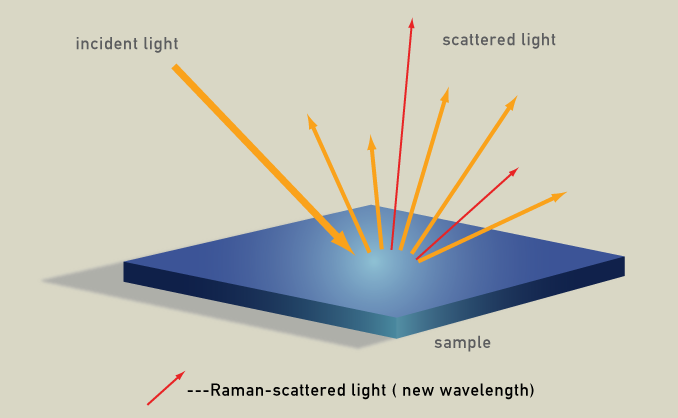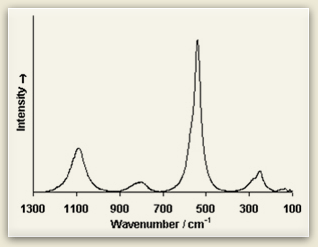Question #6e546
1 Answer
Raman Effect, also known as Raman Scattering is the change in wavelength of light.
Explanation:
This phenomena occurs when a beam of light hits a molecule, which then causes some of the light to be deflected at a different wavelength to that of the incident wavelength.
However, the majority of the light that is deflected from the molecule is elastic, meaning the wavelength doesn't change, so the Raman Effect is in minority (Approximately 1 photon out of a million will exhibit Raman Scattering).

Image from: http://www.webexhibits.org/pigments/intro/spectroscopy.html
This effect is used in Spectroscopy (study of light interaction with molecules) to determine specific molecules because each molecule has its own Raman Spectra, i.e at specific wavelengths the molecules will exhibit sharp peaks on the Spectrometer instrument readout.
Example of a Raman Spectrum generated from a Spectrometer:

Image from: http://www.webexhibits.org/pigments/intro/spectroscopy.html
Hope I helped :)

